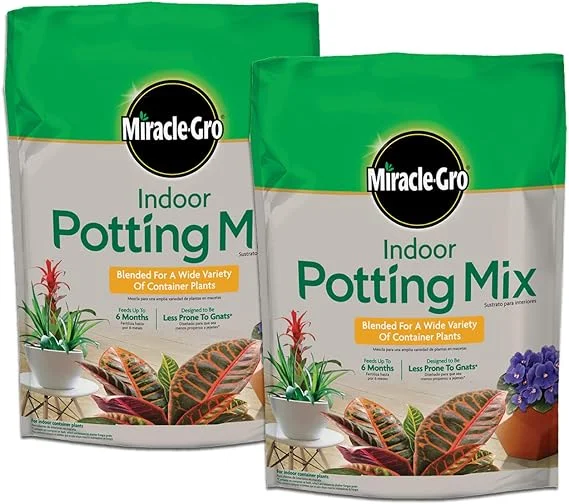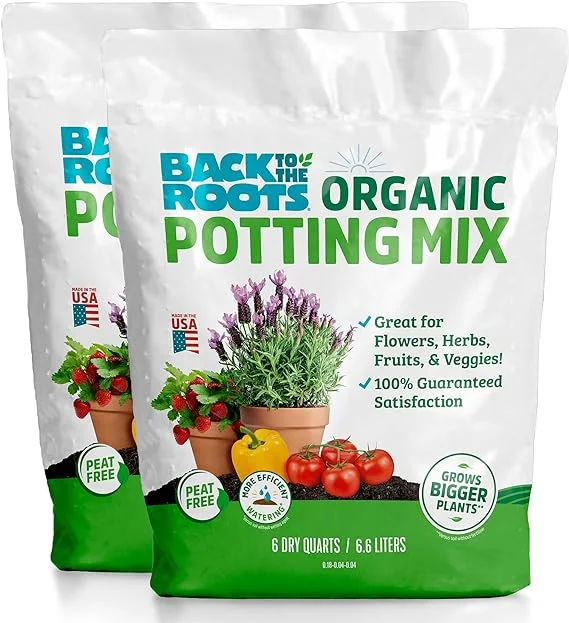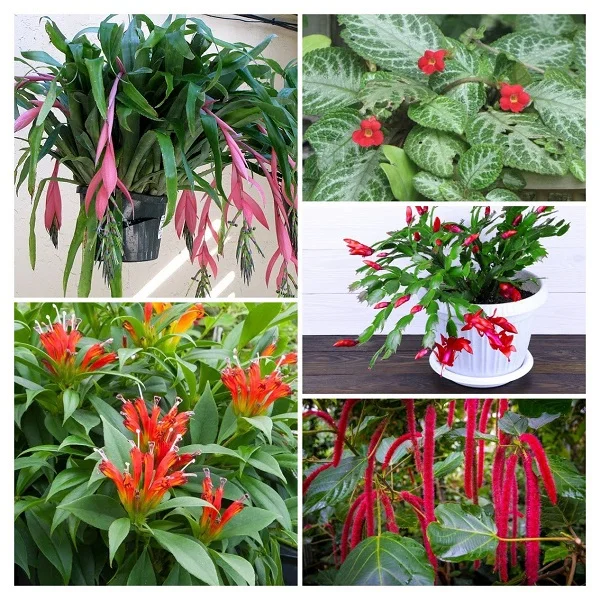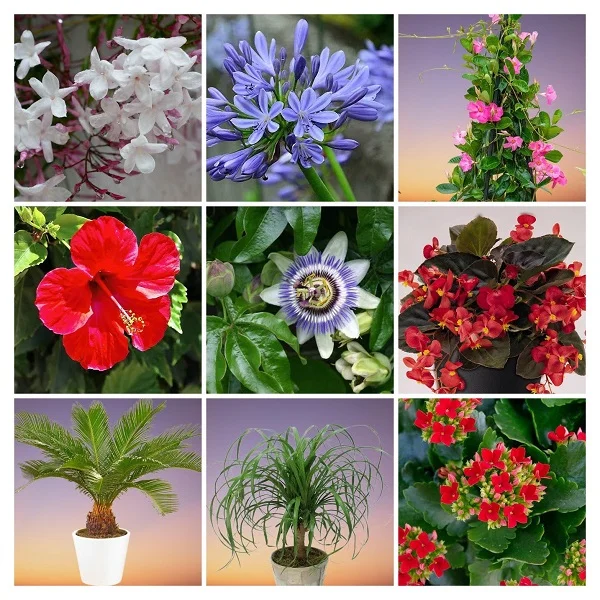Golden Shrimp Plant (Pachystachys lutea) Care Indoors, Propagation, Problems & Remedies
Some links in this post may be affiliate links
Golden Shrimp Plant (Pachystachys lutea) blooms in bright light with some sunshine, warm and humid conditions and moderately moist, rich, well-drained soil coupled with fortnightly feeding in the growing season.
Pachystachys lutea is a stunning tropical houseplant known for its striking golden-yellow bracts. Whether you are a seasoned gardener or a beginner, understanding the essentials of indoor care, propagation, and problem-solving can help you enjoy the beauty of this unique plant all year round.
Golden Shrimp Plant also called Yellow Shrimp Plant, Lollipop Plant or Candle Plant is an upright, evergreen, popular flowering plant and bears a bright yellow spike from which white, two-lipped flowers emerge.
The spike is made up of bright yellow bracts and short-lived white two-lipped flowers which emerge sequentially. Yellow Shrimp flowers from spring through summer.
The common name, 'Shrimp Plant', is in reference to the layered (overlapping) bright yellow bracts which resemble a shrimp's layered scales.
The dark-green leaves in Golden Candle Plant are heavily veined which gives them a corrugated appearance. The inflorescence are held upright on long stalks above the dark-green foliage.
Pachystachys lutea is similar to Beloperone guttata (Mexican Shrimp Plant) which features bright reddish-yellow bracts instead of bright yellow bracts.
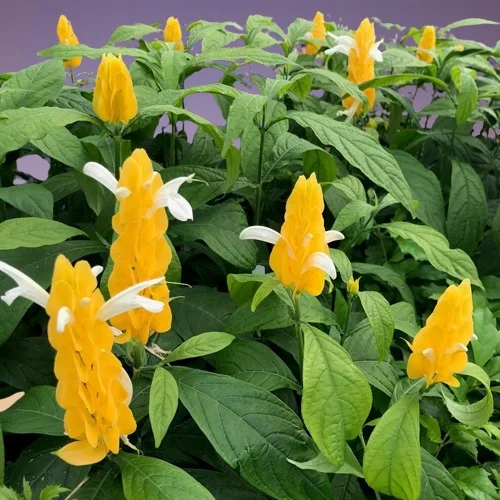
Botanical name: Pachystachys lutea
Family: Acanthaceae
Common names: Golden Shrimp Plant, Yellow Shrimp Plant, Lollipop Plant, Golden Candle Plant
Origin
Pachystachys lutea is native to the subtropical regions of Peru.
How big does a Golden Shrimp Plant get?
Golden Shrimp Plant can grow to a height of about 3-6 feet.
Toxicity
A Research directed by C. Daehler (UH Botany) indicates that Pachystachys lutea is toxic to animals and humans. It causes allergies to humans and pets. Keep it away from the reach of children, cats, dogs, and other pets. Always wear gloves when handling the plant.
How do you care for Golden Shrimp Plant indoors?
To care for Golden Shrimp Plant indoors provide bright light with 4-6 hours of sunshine, average warmth of 15-280C, humidity of 60-70% and moderately moist, rich, well-drained soil coupled with fortnightly feeding during the growing season.
Pachystachys lutea care requires regular grooming to keep it neat and annual cutting back to rejuvenate growth. Annual repotting is needed for the young plants while the mature plants require annual top-dress of the soil. Keep reading for more on these growing conditions and how to provide them.
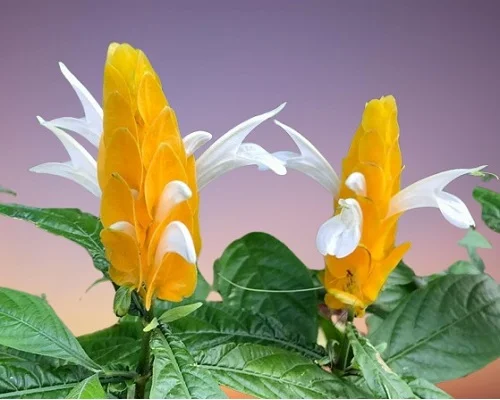
Light Requirements
What much light does a Golden Shrimp Plant need?
Golden Shrimp Plant grows best in bright light with 4-6 hours of morning or evening sunshine but too hot sunshine will scorch the leaves.
If the light is not enough, Yellow Shrimp Plant will become leggy with wide spaces between the leaf nodes and will not bloom. Therefore, you may grow the plant under a grow light where the natural light is not sufficient.
Turn the pot regularly to ensure the plant receives light on all sides for even growth and prevent leggy growth.
Pachystachys lutea can also be grown outside under direct sunshine but it needs to be acclimated gradually before being exposed to direct sunshine to avoid sunscorch.
Watering
How often should I water my Golden Shrimp Plant?
To avoid either overwatering or underwatering your Golden Shrimp Plant, do not water on a schedule.
Water your Golden Shrimp Plant thoroughly in spring and summer while allowing the top 1-2 inches of soil to dry out between waterings. Keep the soil consistently moist but not soggy to avoid yellowing and rotting.
Reduce watering in fall and winter to maintain the soil slightly moist as growth is minimal at this time. Do not allow the soil to dry out as it can lead to wilting and leaf drop.
Ascertain that the soil is free-draining and the pot has a drainage hole to avoid getting soggy soil as it can result in root-rot and death of the plant.
Temperature and Humidity
Average temperatures of 15-280C is ideal for Golden Shrimp Plant. Keep it away from drafty conditions as extreme temperatures can cause stunted growth and leaf drop.
Pachystachys lutea flourishes in humidity of 60-70% which mimicks its natural environment. Too low humidity will lead to brown leaf tips and edges. Therefore, to increase humidity, set the pot on a wet pebble tray, use a humidifier or group the plants together. Ensure there is good ventilation to minimize fungal diseases.
Fertilizer
What kind of fertilizer for Golden Shrimp Plant?
Feed Golden Shrimp Plant with a phosphorous-rich, water-soluble fertilizer every 2-3 weeks in spring and summer to promote flowering.
Do not feed in fall and winter as growth is minimal at this time and feeding at this time can cause fertilizer burn; brown, crispy leaf tips.
Potting Soil
The best soil for Golden Shrimp Plant is a well-draining, rich organic soil with a slightly acidic to neutral PH (6.0-7.0). A mix of peat moss, perlite, and compost is ideal for this plant.
Repotting
Repot the young Golden Shrimp Plant at the beginning of the growing season into a pot one size larger than the current one.
Use a pot with a drainage hole and free-draining soil to avoid root-rot. Take a look at these pots with drainage holes on Amazon.
Do not repot a plant that is in flower as the repotting shock can shorten the flowering period.
You may top-dress the large plants annually at the beginning of the growing season by replacing the top 3-4 inches of soil with fresh soil.
Pruning & Grooming
How to prune a Golden Shrimp Plant?
Pruning Golden Shrimp Plant involves:
- Removal of dead blooms and leaves to maintain the plant neat as well as discourage pests and diseases infestation.
- Cutting back the stems at the beginning of the growing season to rejuvenate growth as the plant becomes straggly and unattractive with age.
Occasionally clean the leaves by damp-wiping with a soft cloth to get rid of dust as well as discourage pest and disease infestation.
Golden Shrimp Plant Propagation
Golden Shrimp Plant (Pachystachys lutea) is propagated from stem cuttings at the beginning of the growing season (spring) when the plant is actively growing to hasten establishment.
1. Propagating Golden Shrimp Plant from stem cuttings in soil
- With clean, sharp pruning scissors, take 4-6 inches stem cuttings with at least two leaf nodes from a healthy plant.
- Strip off the lower leaves of the cuttings and coat the lower part of the cutting with a rooting hormone to promote rooting.
- Fill the rooting container with free-draining soil and moisten the soil slightly.
- Carefully insert 2-3 inches of the lower cut end of the cuttings into the moist soil.
- Cover the set up with a clear plastic bag or sheet to create a greenhouse effect to hasten rooting. A warm and humid environment is needed for rooting to happen.
- Place the set up in bright light but away from direct sunlight to avoid cooking the cuttings.
- Maintain the soil moist through out until the cuttings are rooted. Rooting should occur in about 4-6 weeks and is indicated by new growth.
- Once rooted, remove the plastic cover a little every day over a period of 2 weeks to acclimate the new plants to ordinary growing conditions.
- Allow the new plants to be well established before transplanting after which you can begin routine care.
2. Propagating Golden Shrimp Plant from stem cuttings in water
- With sharp, sterilized pruning scissors, take 4-6 inches stem cuttings with at least two leaf nodes from a healthy plant.
- Remove the lower leaves of the cuttings and coat the lower part of the cutting with a rooting hormone to hasten rooting.
- Place the cuttings in a jar of plain water or in a propagation station. Ensure that at least 2-3 inches are submerged, but keep the leaves above water.
- Position the set up in a warm spot under bright indirect light and change the water every 5-7 days to prevent bacterial growth.
- Rooting should occur in 2-4 weeks. Once the roots are about 2-3 inches long, prepare to transfer the cuttings into soil.
- Select a small pot and ensure that the pot has a drainage hole to prevent the soil from getting soggy to avoid rotting.
- Fill the pot with well-drained potting mix and moisten the soil slightly.
- Make a hole in the center of the pot. Ensure that the hole is slightly wider than the root base of the new plant.
- Place the new plant in the previously made hole and lightly firm the soil around the base while taking care not to bury it too deep.
- Position the set up in warm, well-lit spot and maintain the soil moist until the plants are well established after which you can begin routine care.
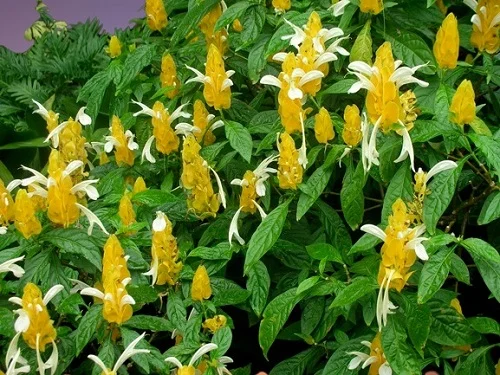
Pachystachys lutea Problems & Solutions
Golden Shrimp Plant (Pachystachys lutea) problems are yellow leaves, brown leaves, wilting leaves, lack of blooms, brown leaf tips, pests and diseases among others. Keep reading for more on these problems and how to fix them.
Yellow leaves
Why are the leaves on my Golden Shrimp Plant turning yellow?
The main causes of yellow leaves on your Golden Shrimp Plant are overwatering, soggy soil, temperature stress, and root-rot.
How to fix it
Overwatering: Water only when the top 1-2 inches of soil dry out.
Soggy soil: Use well-draining soil and a pot that has a drainage hole.
Temperature stress: Keep the plant away from drafts emanating from AC units, heat sources, windy doors, drafty windows and others.
Root-rot: The disease is characterized by yellowing and wilting of the leaves which is rapidly followed by browning and plant collapse.
- Carefully slip the plant out of its pot and inspect the roots.
- Trim brown-black mushy roots and treat the healthy roots with a copper-based fungicidal solution as indicated on the label.
- Disinfect the pot with the fungicidal solution or use a fresh pot to repot the plant in fresh, well-draining soil.
- Do not water the plant immediately; keep it dry for 5-7 days before you resume watering.
- Use a pot with a drainage hole and well-draining soil to prevent the soil from getting soggy.
- Decrease watering in fall and winter as growth is slowed at this time; keep the soil slightly moist.
Brown leaves
Why are the leaves on my Golden Shrimp Plant turning brown?
Some of the causes of brown leaves on your Golden Shrimp Plant are inconsistent watering, soggy soil, and extreme temperatures.
How to fix it
Inconsistent watering: Do not water on a schedule. Water when the top 1-2 inches dry out. Never allow the soil to dry out completely.
Soggy soil: Use a pot with a drainage hole and well-draining soil.
Extreme temperatures: Keep the plant away from drafts coming from AC units, drafty windows, heat sources, windy doors and others.
Wilting leaves
Why is my Golden Shrimp Plant wilting?
Wilting leaves on your Golden Shrimp Plant are caused by underwatering, temperature stress, dry air, and spider mites infestation.
How to fix it
Underwatering: Water when the top 1-2 inches of soil to dry out but do not allow the soil to dry out completely.
Temperature stress: Keep the plant away from drafts from AC units, heat sources and others to maintain temperatures of 15-280C.
Dry air: Set the pot on a wet pebble tray or use a humidifier to heighten humidity. Group the plants together to create a humid microclimate.
Spider mites infestation: Keep the plant well pruned. Increase humidity to discourage the pests.
Lack of blooms
Lack of blooms on Golden Shrimp Plant is due to too little light, nutrients deficiency, and underwatering.
How to fix it
Too little light: Move the plant to a brighter spot where it can receive bright light with 4-6 hours of morning or afternoon sunshine or instal a grow light if the natural lighting is not adequate.
Nutrients deficiency: Feed the plant with a phosphorous-rich, water-soluble fertilizer every 2-3 weeks in spring and summer.
Underwatering: Water when the top 2-3 inches of soil feel dry. Do not allow the soil to dry out completely.
Brown leaf tips and edges
Brown leaf tips and edges in Golden Shrimp Plant are caused by dry air, soggy soil, and underwatering.
How to fix it
Dry air: Set the pot on a wet pebble tray or grow the plant in a well-lit bathroom, kitchen, laundry area and other moist areas in the home.
Soggy soil: Ensure that the pot has a drainage hole and that the soil drains easily.
Underwatering: Do not allow the soil to dry out completely; water when the top 2-3 inches of soil feel dry to the touch.
Pests
Common pests in Golden Shrimp Plant are mealybugs, scales, aphids, whiteflies and spider mites.
How to fix it
- Regularly check underneath the leaves for these pests and take timely control measures.
- Isolate the affected plant to prevent spread to other plants and treat it with neem oil or insecticidal soap as per the manufacturers' recommendations.
- Clean the leaves regularly by damp-wiping with a soft cloth to keep the pests away.
- Keep the plant well pruned to reduce the hiding and breeding places for these pests.
Diseases
Golden Shrimp Plant is prone to leaf spot disease which is characterized by brown, moist spots on the leaves. In a serious attack the spots can enlarge and merge, killing the whole leaf.
How to fix it
- Remove and burn the affected parts to reduce the risk of spread to the rest of the plants.
- Spray the affected plant with a systemic fungicide and ensure to cover all the parts with the fungicidal solution.
- Keep the plant on the dry side and do not mist it.
Conclusion
Golden Shrimp Plant is a fantastic indoor addition, offering year-round blooms and lush greenery. With the right care; proper watering, adequate light, and occasional pruning, you can enjoy this tropical beauty for years. Whether you are propagating new plants or troubleshooting common problems, this guide has everything you need to grow a thriving Pachystachys lutea indoors.
You liked it? Share on social media.
Related Content
Amazon Associates Disclosure
Homeplantsguide.com is a participant in the Amazon Services LLC Associates Program, an affiliate advertising program designed to provide a means for sites to earn advertising fees by advertising and linking to amazon.com.

